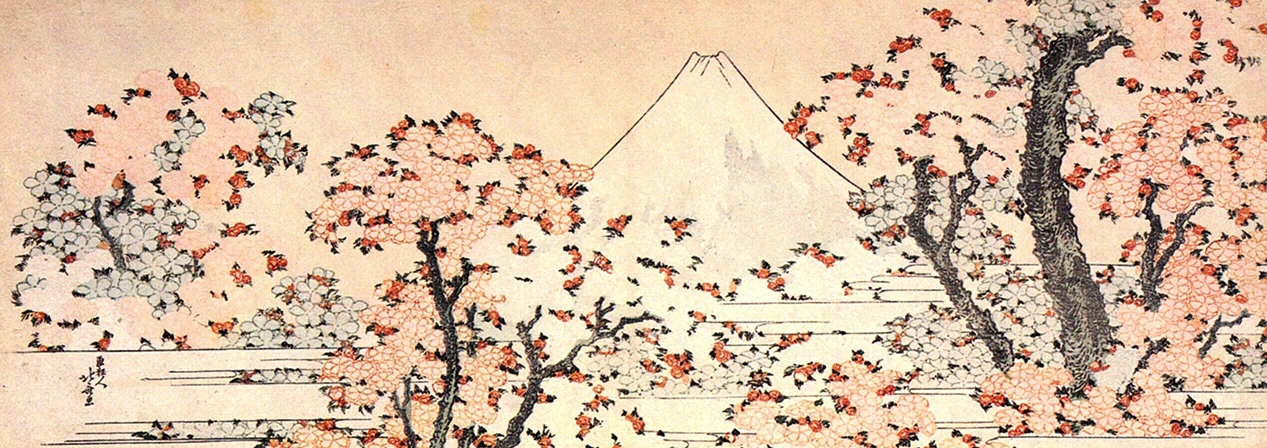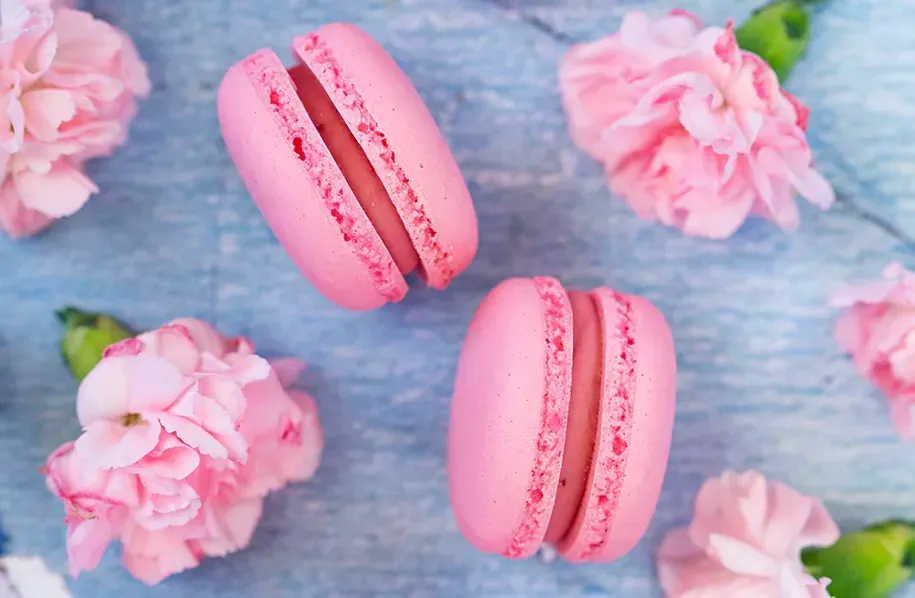
- Anime/Manga Lineups & Tracker
- Japanese Culture Lessons
- Forums, Social Network & Chat
- Clubs & Study Groups
- Vocabulary Builder & Daily Login Rewards
- Friend Finder & Pen-Pals
- Games & Digital Pets (Yokai)
- And much more!






























As winter gives way to spring in Japan, a beautiful transformation takes place. The once bare branches of cherry trees suddenly burst forth with delicate pink and white blossoms, creating a stunning sight that has captivated people for centuries. Known as sakura in Japanese, these cherry blossoms are much more than just a pretty sight - they hold a deep cultural and symbolic significance in Japanese culture.
For the Japanese, cherry blossoms represent renewal, hope, and new beginnings. Cherry blossoms are seen as a sign that winter is finally coming to an end, and that a new season of growth and opportunity is about to begin. The fleeting nature of the blossoms - which last only a few days before they fall to the ground - is a reminder of the impermanence of life, and the importance of cherishing each moment.

Cherry blossoms are also closely associated with the samurai and bushido, the code of the samurai. The concept of "mono no aware," or "the pathos of things," which is central to bushido, is embodied in the delicate beauty of the cherry blossom. This concept recognizes the bittersweetness of life, and the beauty that can be found in the transience of all things.
Throughout Japanese history, cherry blossoms have been celebrated in literature, art, and poetry. Famous poets like Matsuo Basho and Yosa Buson wrote haiku about the beauty and fleeting nature of the blossoms, while artists like Katsushika Hokusai and Utagawa Hiroshige captured their delicate beauty in woodblock prints.
 |
Today, cherry blossoms are celebrated across Japan with the custom of hanami, or cherry blossom viewing. This tradition dates back over a thousand years and involves picnicking and drinking with friends and family under the blooming trees. Cherry blossom festivals, or sakura matsuri, are held throughout Japan and around the world each year, and feature a variety of events and activities such as parades, concerts, and traditional Japanese food and crafts. But cherry blossoms are more than just a cultural phenomenon. They have also been used as a symbol of peace, particularly since World War II, when the trees were planted in various locations around the world as a symbol of friendship and reconciliation between Japan and other countries. In addition to their cultural significance, cherry blossoms are also used in various industries in Japan. The flowers are a popular motif in fashion, appearing on everything from kimonos to handbags. They are also used in cosmetics, as the delicate pink hue of the flowers is often associated with natural beauty and youthfulness. And, of course, cherry blossoms are a popular flavor in food and drink, appearing in everything from cherry blossom tea to cherry blossom-shaped sweets. |
There is something special about cherry blossoms regardless of your nationality. Their delicate beauty and deep cultural significance remind us of the importance of cherishing each moment and finding beauty in the transience of life. So why not take some time this spring to enjoy the beauty of the cherry blossoms and experience the joy and renewal they bring?
The cherry blossom holds a deep cultural and symbolic significance in Japanese culture. It represents renewal, hope, and new beginnings and reminds us of the beauty in the transience of life. There is something special about these delicate flowers that captivates us all.
More to Read:
Chasing Cherry Blossoms: The Best Places to Experience Sakura Season in Japan